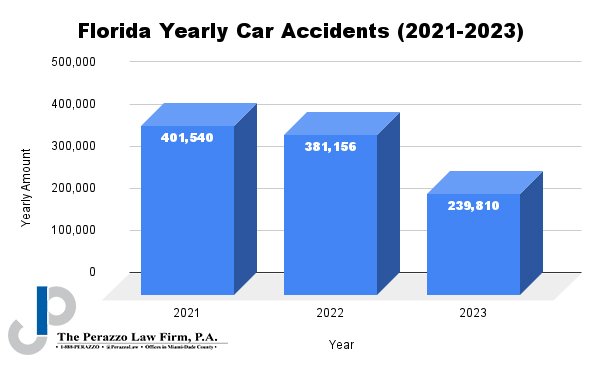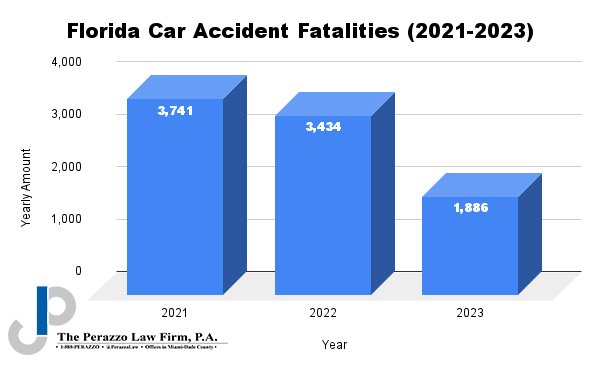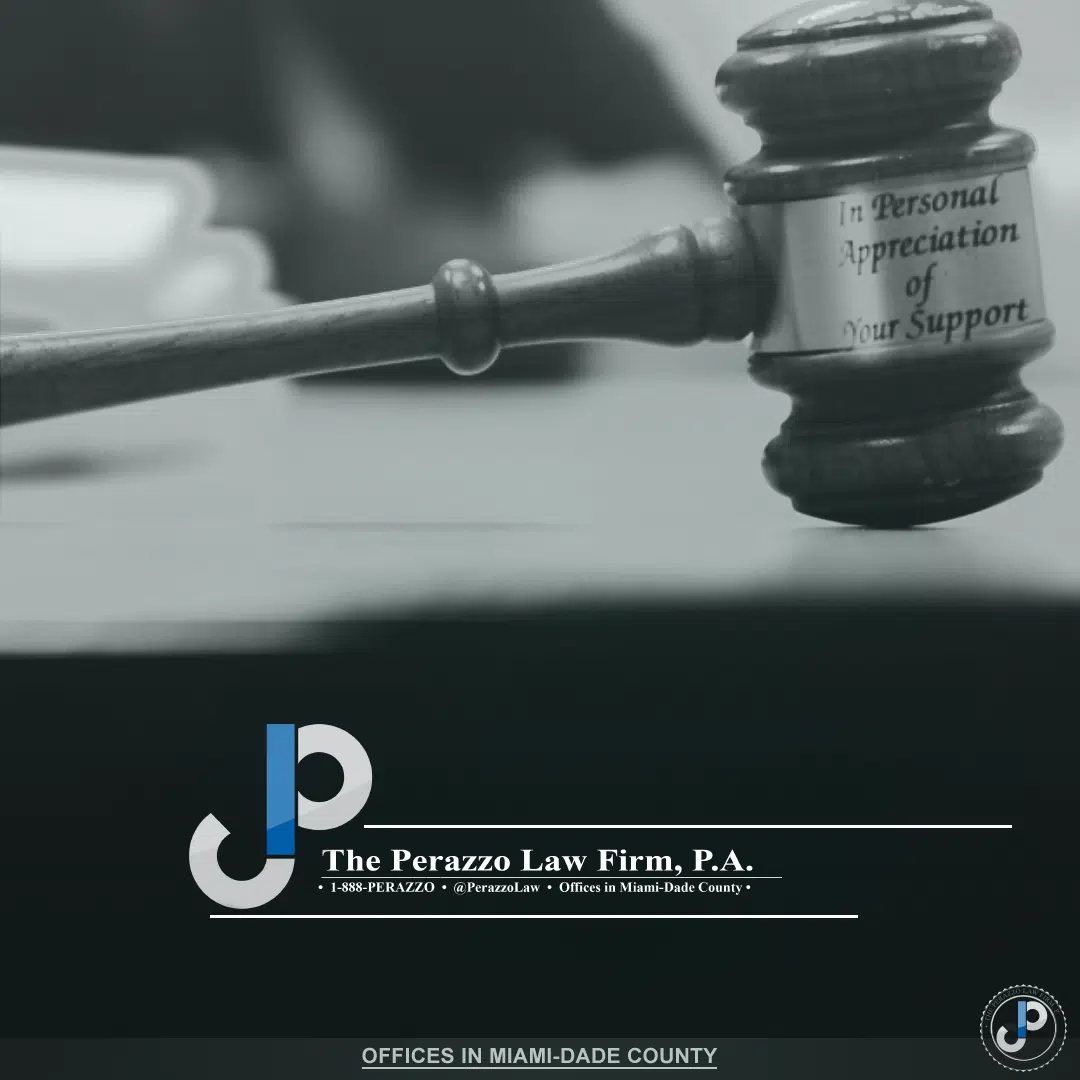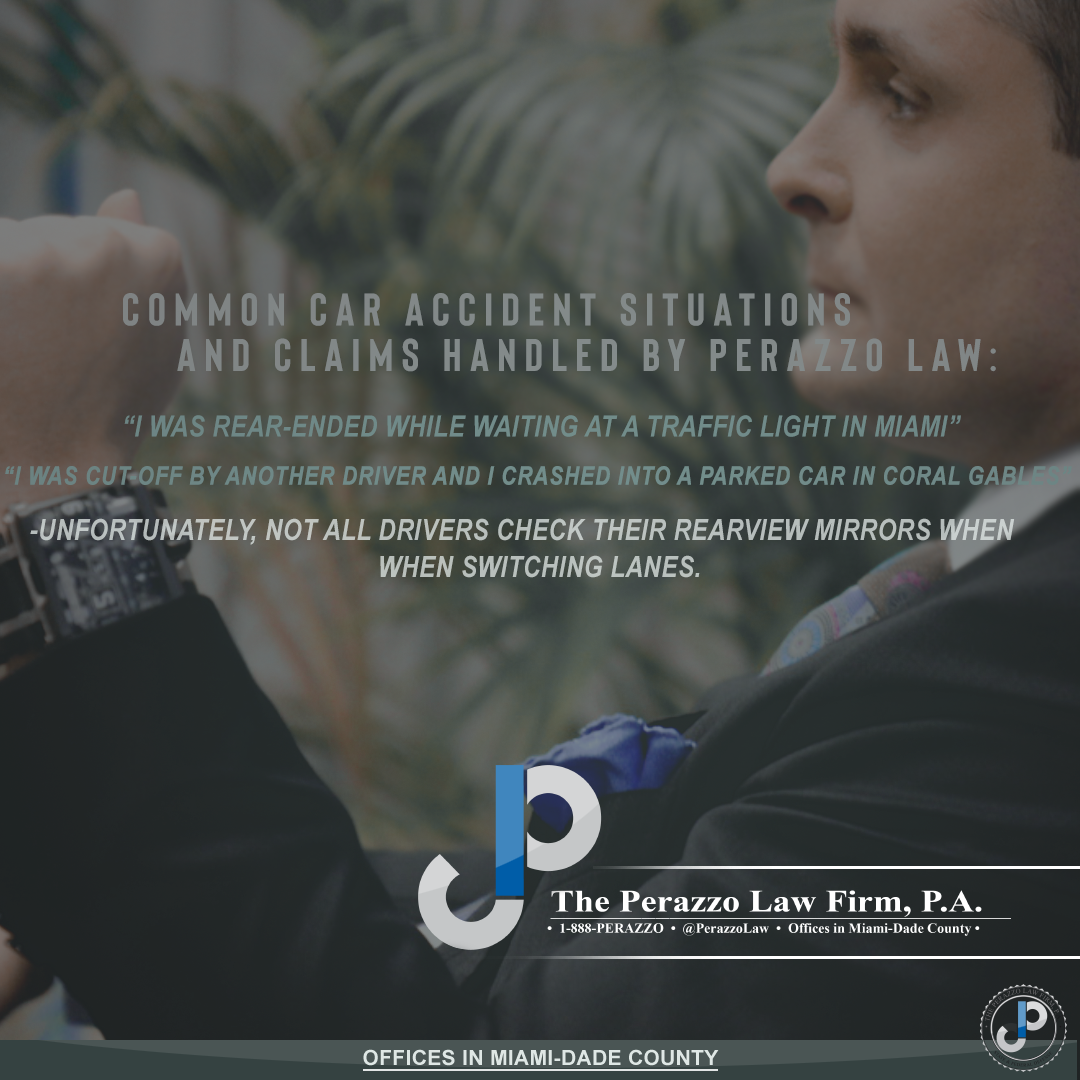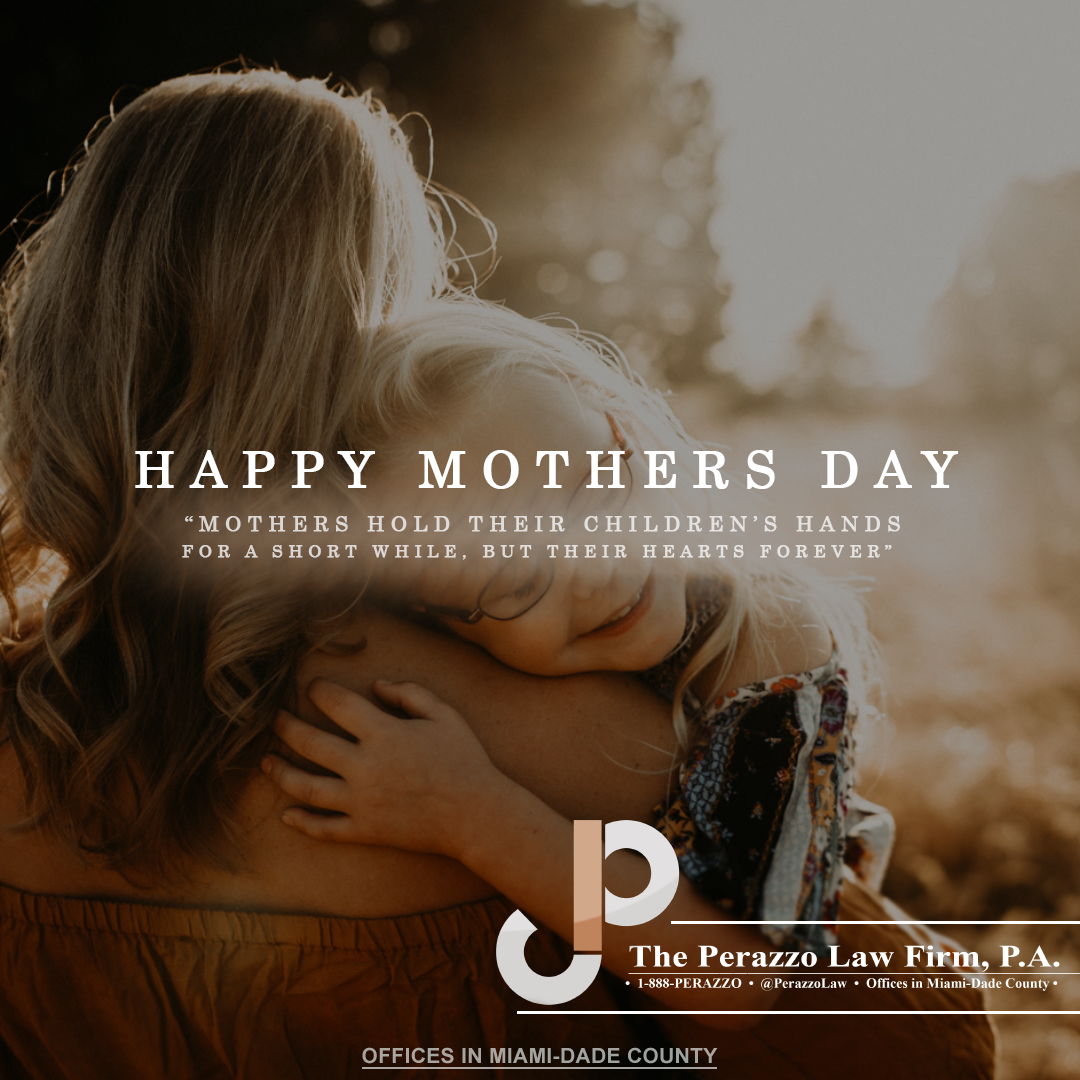
Frequently Asked Questions
What To Do After An Accident?
- Ensure Safety: YOUR TOP PRIORITY SHOULD BE SAFETY. If possible, move your vehicle to a secure location such as the side of the road or a nearby parking lot. Turn on your hazard lights to alert other drivers, and if needed, set up warning triangles or flares.
- Check for Injuries: Assess yourself and others involved for any injuries. If anyone requires medical attention, immediately call emergency services. Even if injuries appear minor, seeking medical evaluation is advisable to rule out any underlying issues.
How Much Does An Attorney Charge?
Firstly, the legal realm is quite vast and varied, and so are the ways attorneys charge their clients. Typically, you’ll find that they charge either an hourly fee, a flat fee for the entire case, or on a contingency fee basis. When it comes to personal injury cases, such as car accidents, the norm is usually to charge a contingency fee.
What To Do After An Uber Accident?
After an accident involving a rideshare vehicle, the first step is to report the incident through the rideshare services app. Uber and other rideshare companies have protocols in place for handling accidents, and reporting the incident through the app ensures that the company is aware of the situation. The app may also prompt you to provide details about the accident and any injuries sustained.
What To Do After A Motorcycle Accident?
Before delving into safety tips, it’s crucial to highlight the expertise of the Perazzo Law Firm in handling motorcycle accident cases. Seeking legal counsel from experienced Miami motorcycle accident lawyers can make a significant difference in obtaining the compensation you deserve if you or a loved one has been involved in a motorcycle accident.



